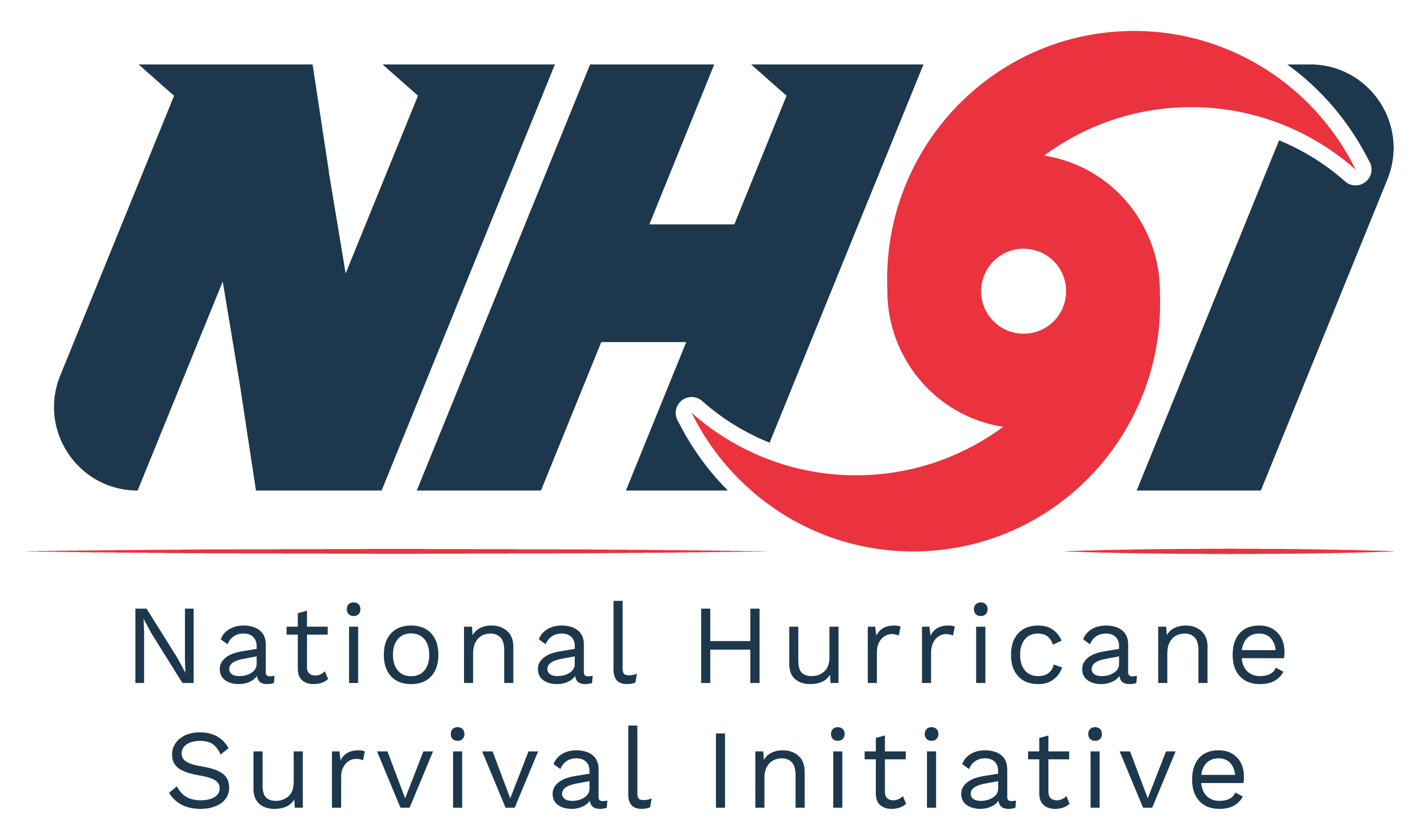In August 2011, an earthquake struck the eastern coast. The magnitude 5.8 quake could be felt from Washington, D.C., Virginia, Maryland and as far south as North Carolina. The news reached millions of Americans before reporters even had a chance to broadcast the breaking news. But how? The simple answer – social media.
Social media allows everyone to play the role of the journalist in sharing events that are happening all around them. As a result of new technology, social media spans numerous formats including blogs, YouTube channels, Facebook, chat rooms, Twitter and LinkedIn, among others. In a disaster, social media outlets allow for a message to be shared quickly through a vast amount of people. According to a recent report from the Congressional Research Service, “Social Media and Disasters: Current Uses, Future Options and Policy Considerations,” has shown that social media has played an increasing role in disasters and emergencies. According to the study, social media sites are “the fourth most popular source to access emergency information.”
While social media works as a great outlet to disseminate information, it also can be used as an effective emergency management tool. So how can you use Twitter, Facebook, YouTube and other social media platforms to benefit your emergency preparedness?
Below are a few actions you can take today to have full access to information – which might just save someone’s life.
Before Disaster Strikes
- Research and follow or like various government entities that help prepare for disasters such as the Federal Emergency Management Agency, the National Hurricane Center, The Salvation Army, the National Emergency Management Association and others
- Make sure all electronic devices are fully charged and back up batteries or chargers are in multiple location
- Sign up to receive RSS feeds from some of your trusted sources
During a Disaster
- Regularly check your social media handles for updates, emergency communications warnings
- Use posts on social media pages to request assistance in an emergency situation
- Monitor other users’ activities and postings to establish situational awareness and find out what the conditions are in surrounding areas
Following a Disasters
- Use various visual social media applications to upload images to create damage estimates
- Communicate with loved ones and friends to notify them of your safety in a quick and efficient manner
To help you prepare, below are some trusted social media resources you can access today to help you prepare. Follow, like or bookmark these sites, profiles and handles today.
X
